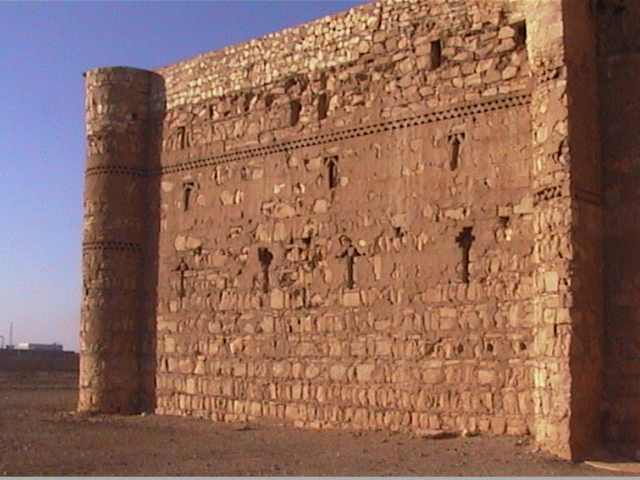Weihrauchstraße (translated as "Incense Route") is a historically significant trade route that connected key regions in the Middle East and was used for the transportation of frankincense and other valuable spices and goods. This ancient route was particularly prominent in the early Arabian trade network, running through the desert regions of the Arabian Peninsula and stretching into parts of the Middle East and Africa.
Here are some key details about Weihrauchstraße (Incense Route):
1. Historical Background:
-
The Incense Route was a network of trade routes used from around the 3rd century BCE until the 2nd century CE, primarily for the transportation of frankincense, myrrh, and other aromatic resins, as well as spices, perfumes, and textiles. These goods were highly valued in the ancient world for their use in religious rituals, medicinal purposes, and luxury trade.
-
Frankincense (derived from the resin of the Boswellia tree) was especially valuable and used in religious ceremonies across the ancient world, including in ancient Egypt, Israel, Greece, and Rome.
2. The Route and Geography:
-
The Incense Route traversed regions such as the Arabian Peninsula, the Middle East, and parts of Africa. It was one of the most important trade routes in the ancient world, linking the Arabian and Mediterranean worlds.
-
Key locations along the route included cities such as Petra (Jordan), Nabataea (in modern-day Jordan and Saudi Arabia), Yemen, and other settlements in southern Arabia. These locations were integral to the movement of frankincense and other commodities.
-
The route extended into the Red Sea coast, through the desert of Jordan and Saudi Arabia, and ended in Saba (modern-day Yemen), where the incense was harvested and exported.
3. Cultural and Religious Importance:
-
The trade of frankincense was a significant cultural exchange that connected various civilizations in the Mediterranean and the Arabian Peninsula. Religious significance also played a role in the high demand for frankincense. It was used in religious rituals and ceremonies in temples and was a symbol of divinity and spiritual connection.
-
The Bible mentions frankincense as one of the gifts presented to the infant Jesus by the Three Wise Men, adding to its spiritual and religious importance.
4. Decline and Legacy:
-
The Incense Route saw a decline with the rise of alternative trade routes, such as those via the Persian Gulf and Red Sea, and the eventual domination of the camel caravan trade.
-
However, the legacy of the Incense Route can still be seen in archaeological sites along the route. For example, Petra, which was an essential trading hub, is now a UNESCO World Heritage Site known for its rock-cut architecture and water management system.
5. Modern-Day Significance:
-
Weihrauchstraße is now a term used to describe the ancient trade route in the context of modern-day tourism, archaeology, and cultural history. There are various heritage trails in countries like Jordan, Saudi Arabia, and Yemen that highlight the historical path of the Incense Route.
-
Efforts are being made to preserve and promote the cultural heritage of this ancient trade network, which has significant value in understanding the ancient global economy, cultural exchanges, and the importance of trade in the development of early civilizations.
6. UNESCO World Heritage Status:
-
In recent years, the Incense Route has gained attention as a potential UNESCO World Heritage Site, with parts of the route, especially in Jordan and Saudi Arabia, recognized for their cultural importance. Efforts are underway to protect and recognize the ancient cities and pathways that were vital to the flow of goods, culture, and spirituality.
Summary:
Weihrauchstraße (Incense Route) was a crucial trade network that connected the Arabian Peninsula to the Mediterranean world, facilitating the trade of frankincense and other valuable goods. Its significance lies not only in the economic exchanges but also in the cultural, religious, and historical connections it created between different civilizations. Today, parts of the route are celebrated for their historical value and preserved as cultural heritage sites.
Would you like to learn more about the archaeological sites along the Incense Route, or perhaps about specific cities like Petra or other desert trade routes?





